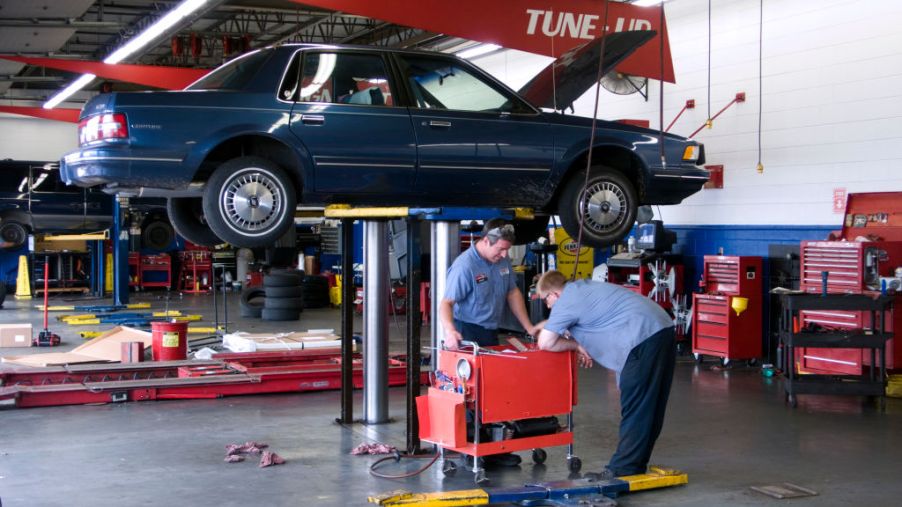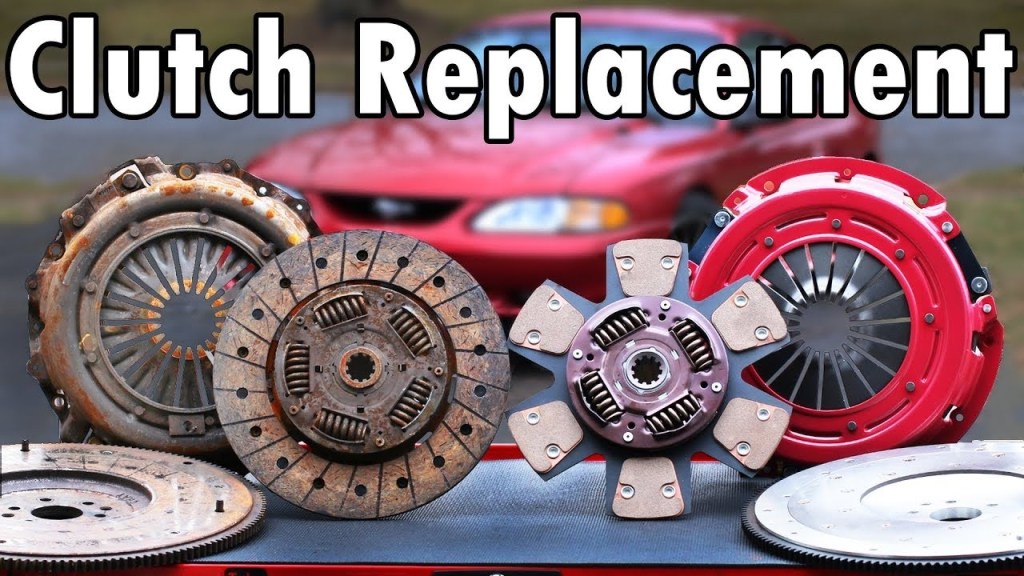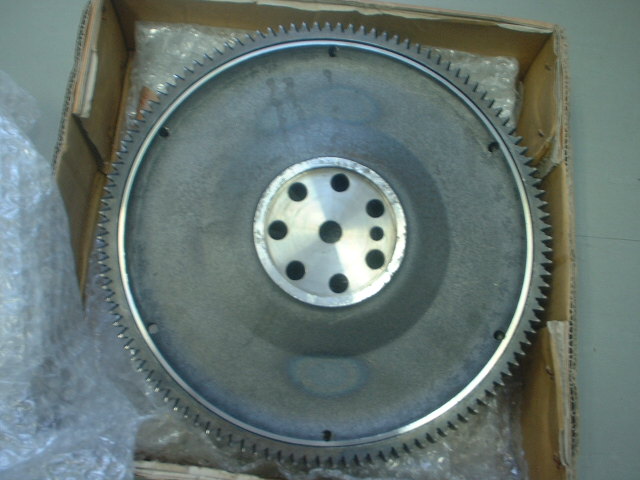
Is Resurfacing a Flywheel Necessary?
Changing a clutch in a car is never an easy task. There are a lot of different components to work with and remove before even getting to the clutch pack and when you finally do, you have to install the clutch and flywheel perfectly and then put everything back together so as to ensure you don’t have to do the job again. Although some parts can be reused when changing a clutch, it’s often advisable to replace everything with new parts and get the flywheel resurfaced. We’re all for getting new parts, but does the flywheel really need to be resurfaced?
What is a flywheel?
The flywheel is an important part of the clutch assembly. In the literal sense, a flywheel is a large metal disc that usually made out of cast iron, steel, or aluminum and it’s usually thick and heavy to prevent warpage during use. The edges of the flywheel have teeth, similar to the edges of a quarter, in order to grab onto the starter motor and the flywheel itself is bolted in between the clutch and the engine, inside the transmission bell housing.

What does a flywheel do?
According to Autoguru.com, the flywheel has a few different purposes. For starters, it provides the initial inertia to get the engine running and also provides the rotational inertia to keep it going, otherwise, the engine would stall when you lift your foot off the gas. The flywheel also balances the engine as it is specifically weighted the engine’s crankshaft, and most importantly, the flywheel connects the engine to the transmission through the clutch in order to provide power to the wheels.
Resurfacing a flywheel is good insurance
Now that we know what a flywheel does, we can see just how important it is when it comes to the balance of the transmission, clutch, and even the engine assembly. On top of that, considering how long it takes to change out a clutch and flywheel set, it’s probably a good idea to do everything the correct way the first time around. As you drive a manual transmission car, the clutch is constantly coming in contact with the flywheel when you release the clutch pedal.
As such, the flywheel can obtain hot spots due to the excessive friction and heat over time, which in turn can cause vibration whenever it’s engaging and when the vehicle is under acceleration. In order to prevent any issues after installing a new clutch, or later down the line, it’s important to get the flywheel resurfaced by a qualified mechanic. The flywheel can typically be resurfaced pretty easily and should be a relatively low-cost procedure. If the flywheel is too worn and cannot be resurfaced, then it is advisable to replace the whole thing with a new part.

Do it right the first time
When it comes to engine and transmission work, it can be a pain to have to do anything twice. Labor costs are usually the most expensive part of any intensive job, such as changing a clutch, so its recommended to get the flywheel resurfaced every time the clutch is replaced. Always remember to do it right the first time, because it’s done wrong, there might not be a second time. Or it will at least be very costly.



